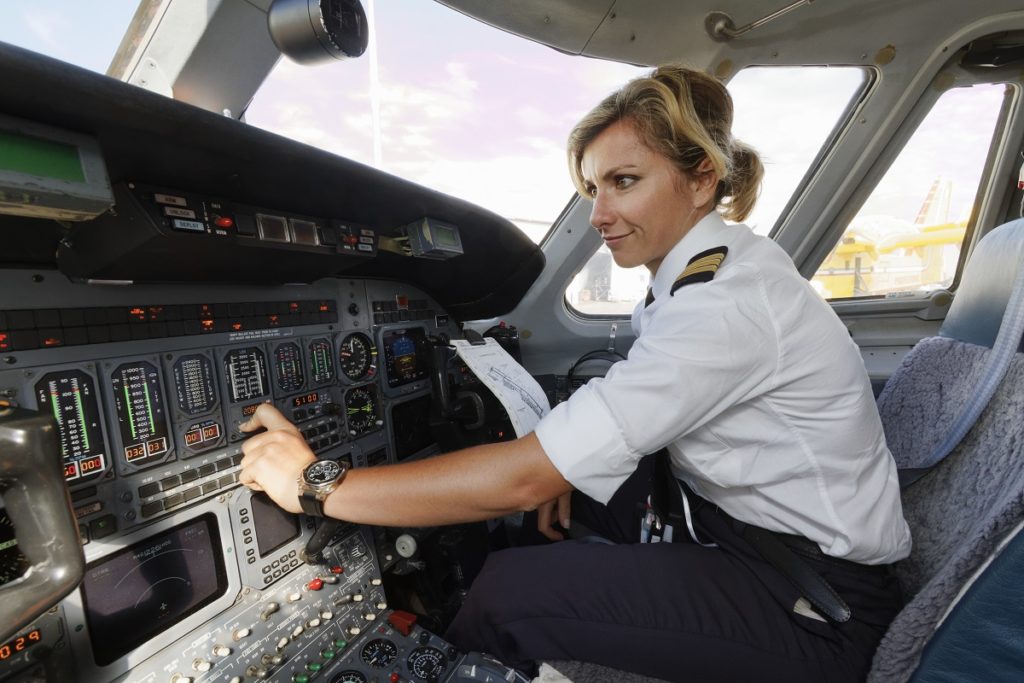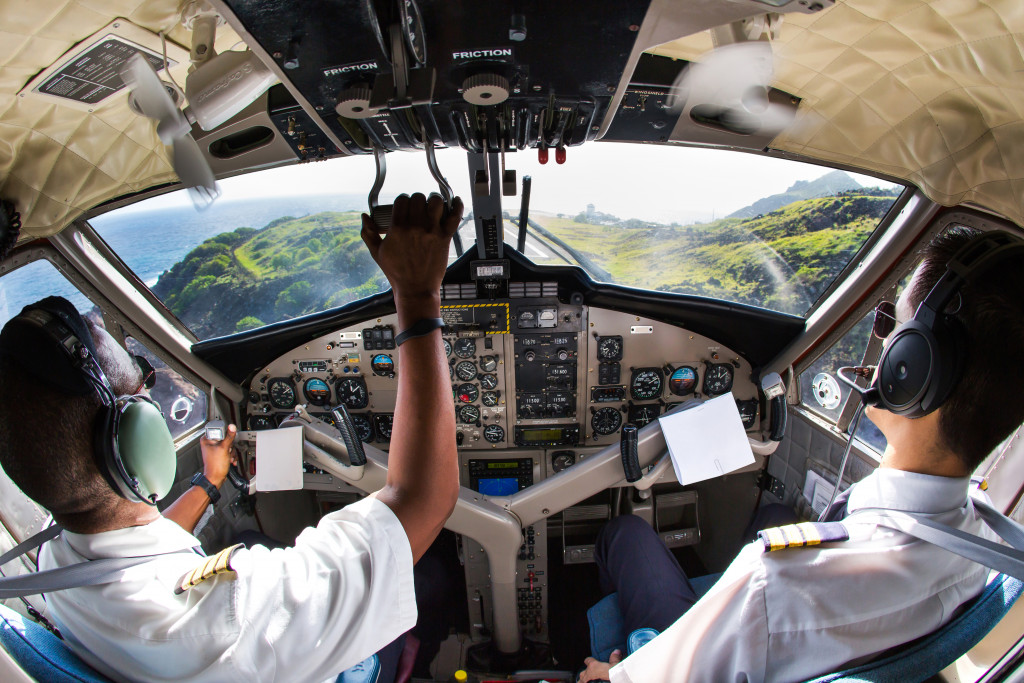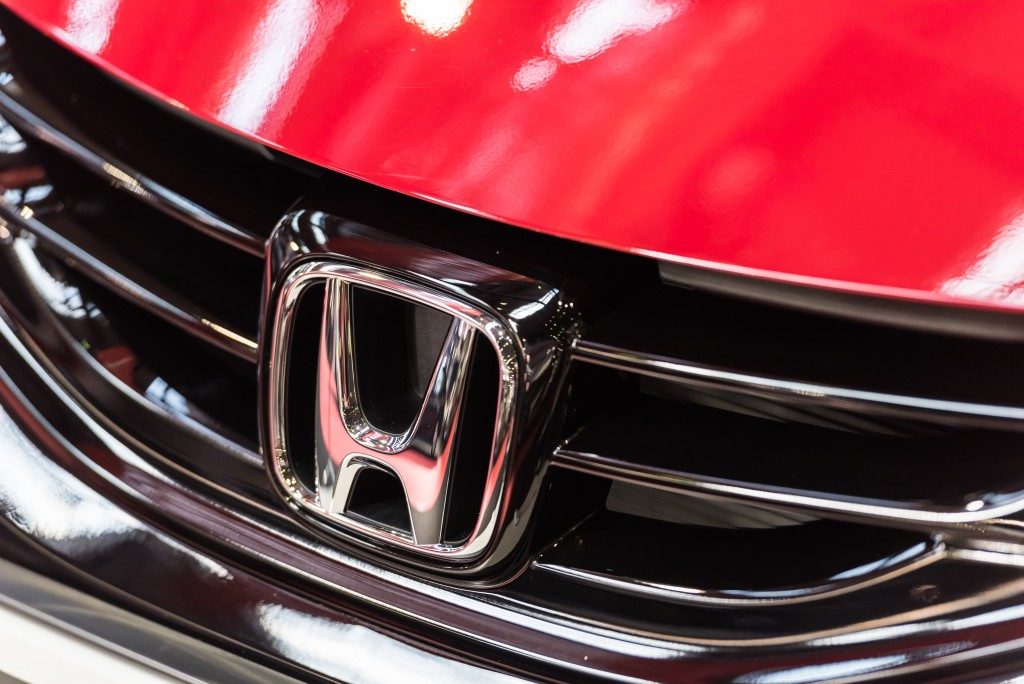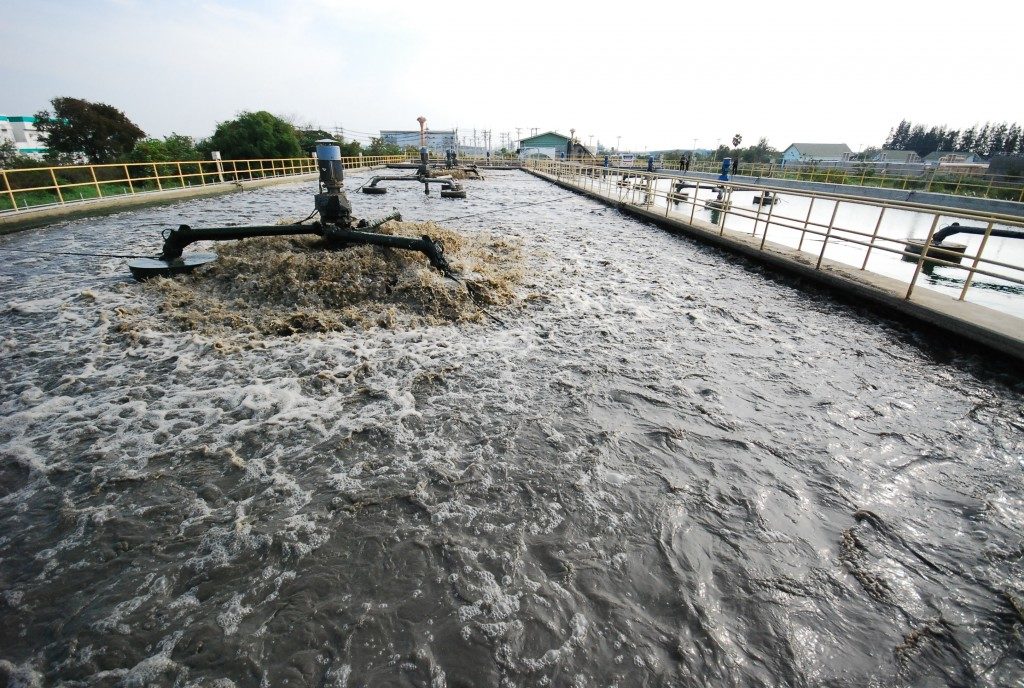The global spread of COVID-19 has disrupted all kinds of travel across the board. But no other form of travel has taken a hit quite like the aviation industry. Studies show that the number of scheduled flights worldwide was down by 47% in October 2020, compared to the number of flights in October 2019. The coronavirus’s impact on Chinese aviation peaked in February 2020, with flight numbers down by 70.8%. There’s no denying that the aviation industry has been changed, perhaps forever, by the pandemic.
As the world continues to navigate the new normal, the aviation industry will also be reckoning with new challenges that demand new responses. Here are some trends that will take place as air travel navigates the new normal.
Futuristic and state-of-the-art technology
Even before COVID-19 swept the world by storm, a tech revolution was already about to occur in the aviation industry. But the physical and medical demands of COVID-19 have brought a sense of urgency to make air travel safer. As cases continue to rise, airports will have to use more state-of-the-art technology like robot cleaners to disinfect high-touch surfaces and common areas and non-contact technology that can help prevent transmission. Instead of passengers having to hand in their passports, their faces can now be scanned using a biometric device to prove their identity. More and more face recognition tools will be deployed to identify passengers even with their faces half-covered by masks as time goes on.
Greater health and sanitation measures
More stringent health screenings will become a crucial part of the non-contact airport experience. Instead of handheld thermometer wands at security checkpoints, more airports will now opt for walk-through thermal screening cameras, which can detect the amount of heat emanating from a person’s body. Some airlines also offer COVID-19 tests to travelers. Symptom Sense was also invented; it was created to be an easy, fast, and versatile vital screening and optional metal detection. It can screen a person’s temperature, heart rate, blood oxygen level, and respiration rate. Moving forward, more devices and resources will be deployed to inspire people’s confidence in air travel once again.
Mobile apps for contactless travel
If passengers could use their smartphones to check their flight details, re-book their tickets, or pay for food and other services at the airport, they would now be able to utilize their phones and mobile apps to reduce contact at the airport, even if facial recognition doesn’t work. Passengers may soon be able to do a second check-in procedure using their smartphones.
A motion-analytic program called Safe Distance was installed at the Miami International Airport to help flyers practice social distancing and gather data about where and how people move and gather through lines and crowds. It uses the airport’s cameras to track people’s movements and to inform passengers about the places they need to avoid or if they need to space out more.
Rise of private flying

To avoid crowds completely, a post-COVID-19 aviation industry will most likely see a rise in private flying. Many affluent travelers who wish to minimize public exposure and find alternatives to suspended flights will opt for private jets. There might also be an influx of people who choose to take private pilot training to escape exposure to too many people and get to their destinations quicker.
Flight attendants in PPEs
Because experts predict that COVID-19 will still be in our foreseeable future, flight attendants would have an upgrade in their uniforms. Since the pandemic was announced in March 2020, more airlines have required their staff to wear personal protective equipment (PPEs) for their safety. Qatar Airways started requiring their flight attendants to wear hazmat suits—the same ones that doctors, nurses, and other hospital employees wear when they attend to COVID-19 patients. It may not be the most fashionable, but it will keep airport employees and passengers safe and healthy.
Greener future
As the aviation industry contends with the realities and demands of COVID-19, it could also be a catalyst for them to turn towards greener options. The governments of the world are putting pressure on the aviation industry to invest in green fuel and tech and be more accountable about their carbon emissions.
Never the Same
Industry insiders say the aviation industry may not recover until 2024, and the road to recovery will not only be tough but long. In the meantime, we need to find ways to do our part to control the spread and hope that the governments of the world will come together to find a way to end COVID-19 once and for all.





